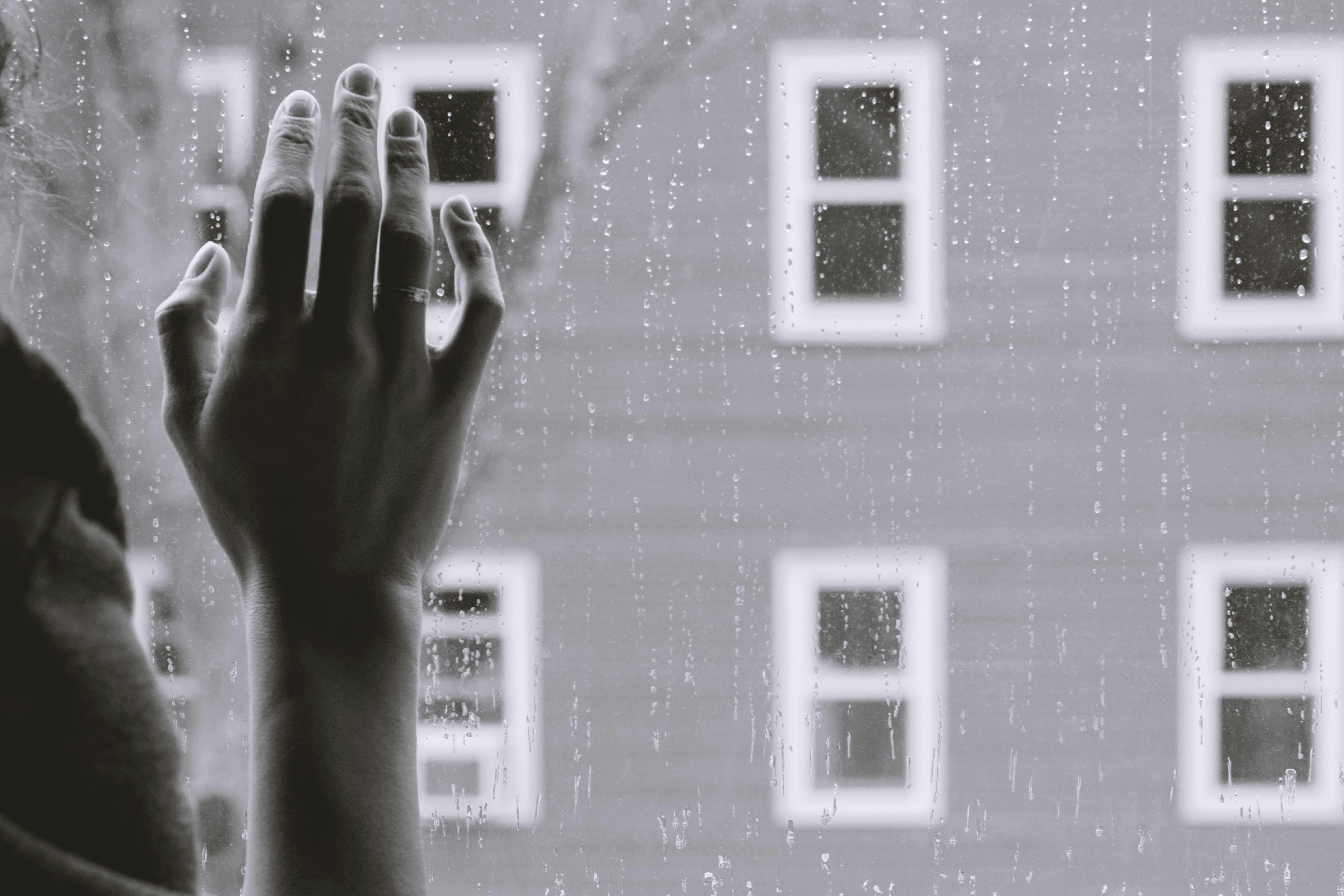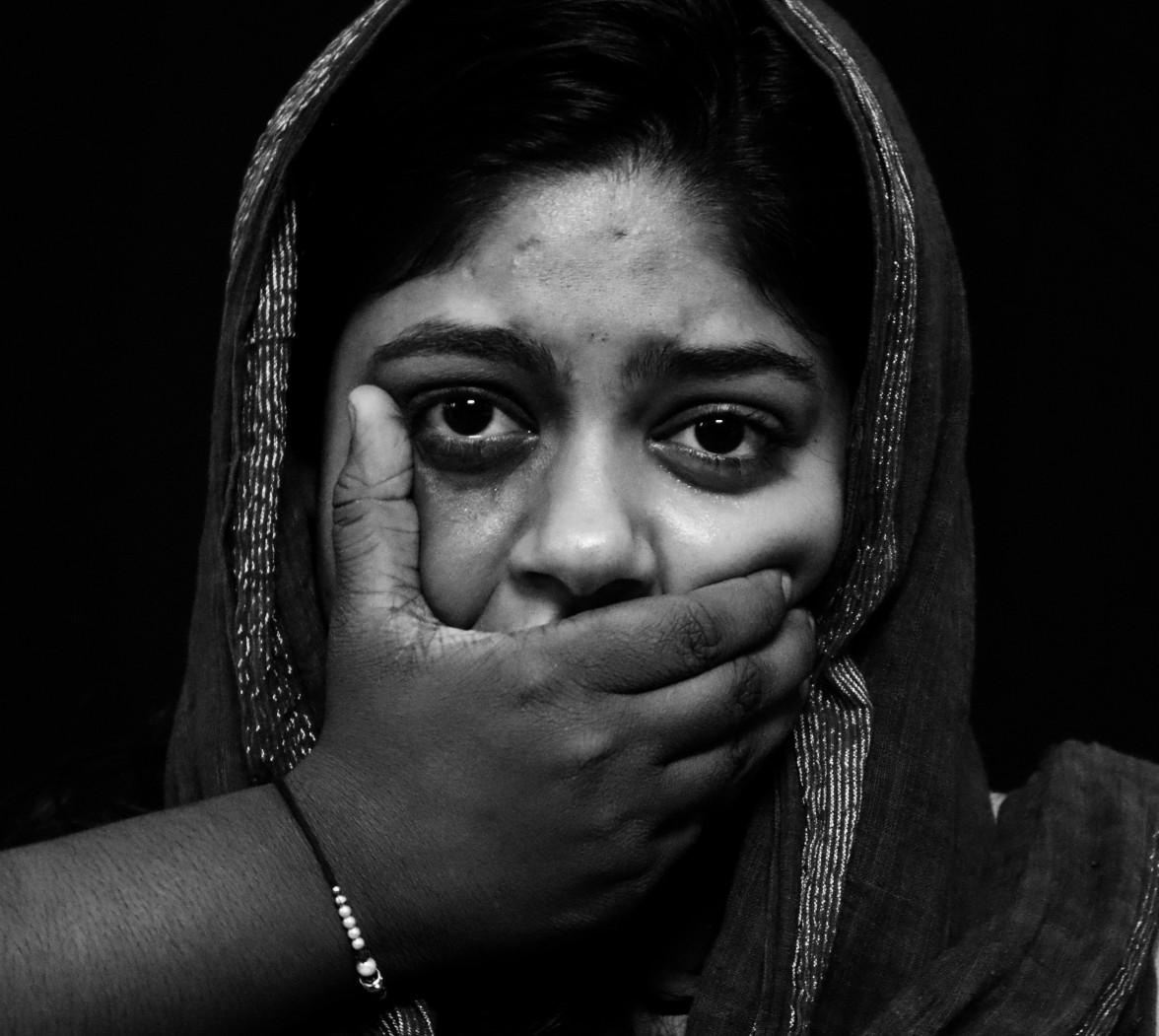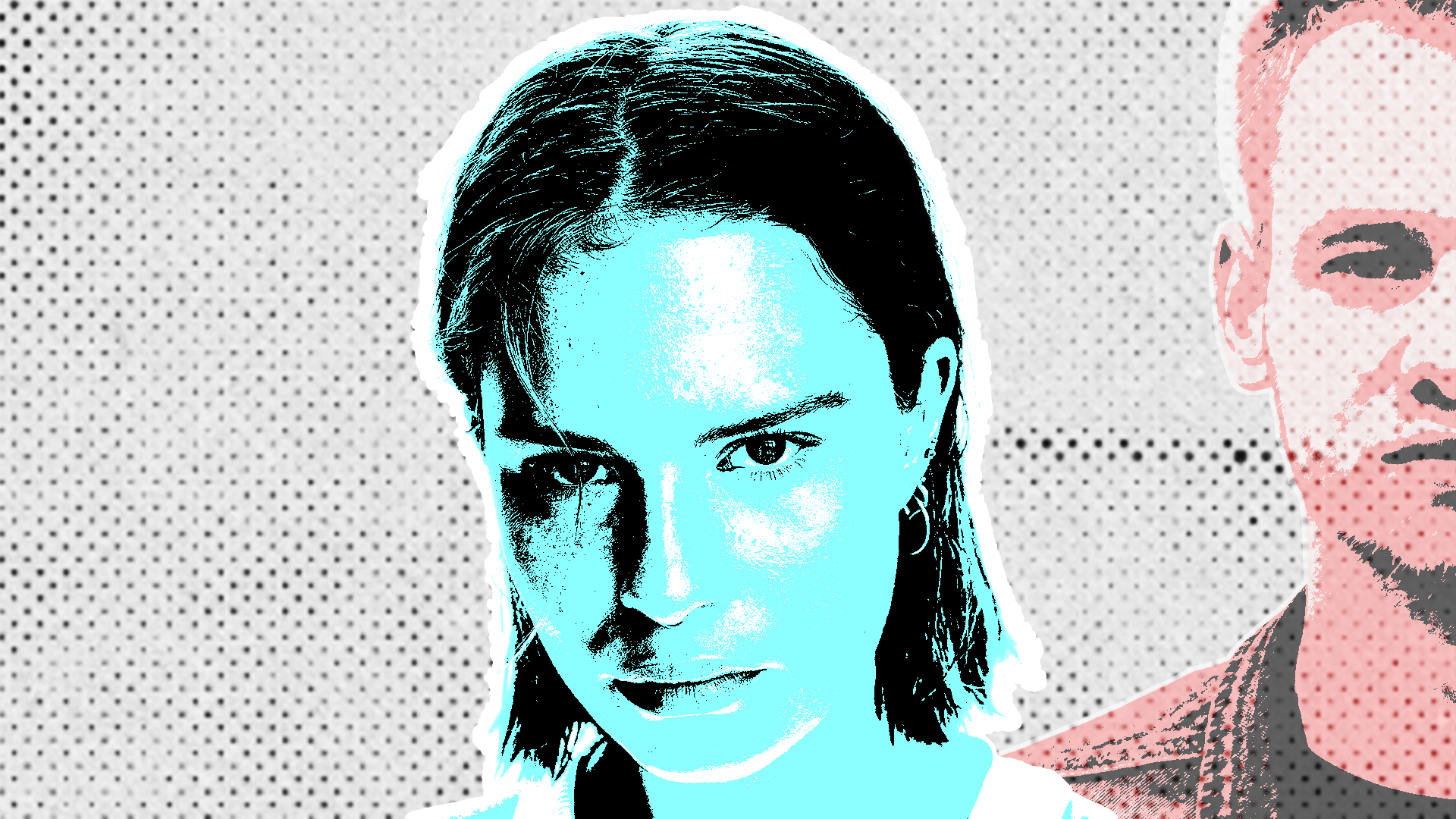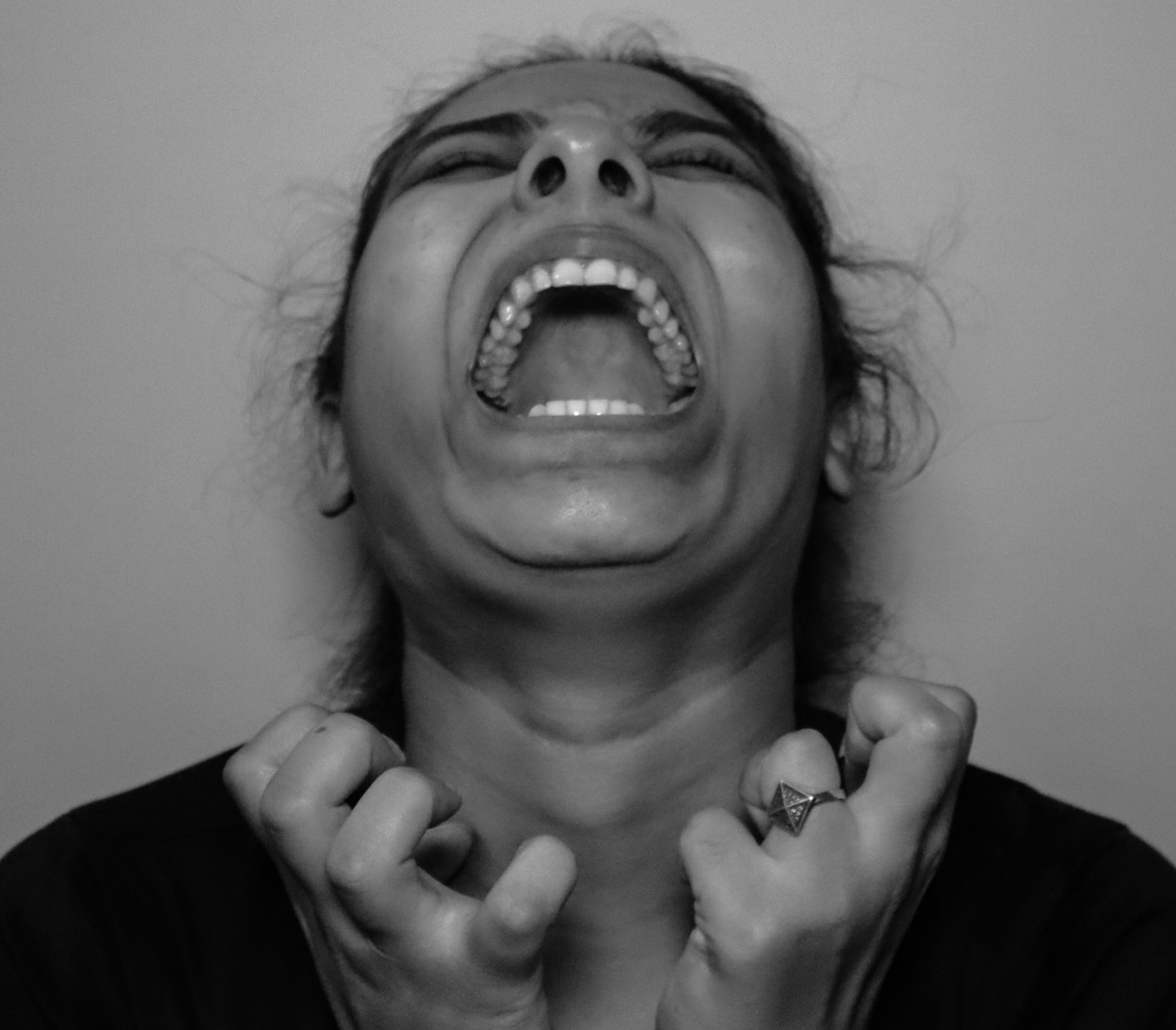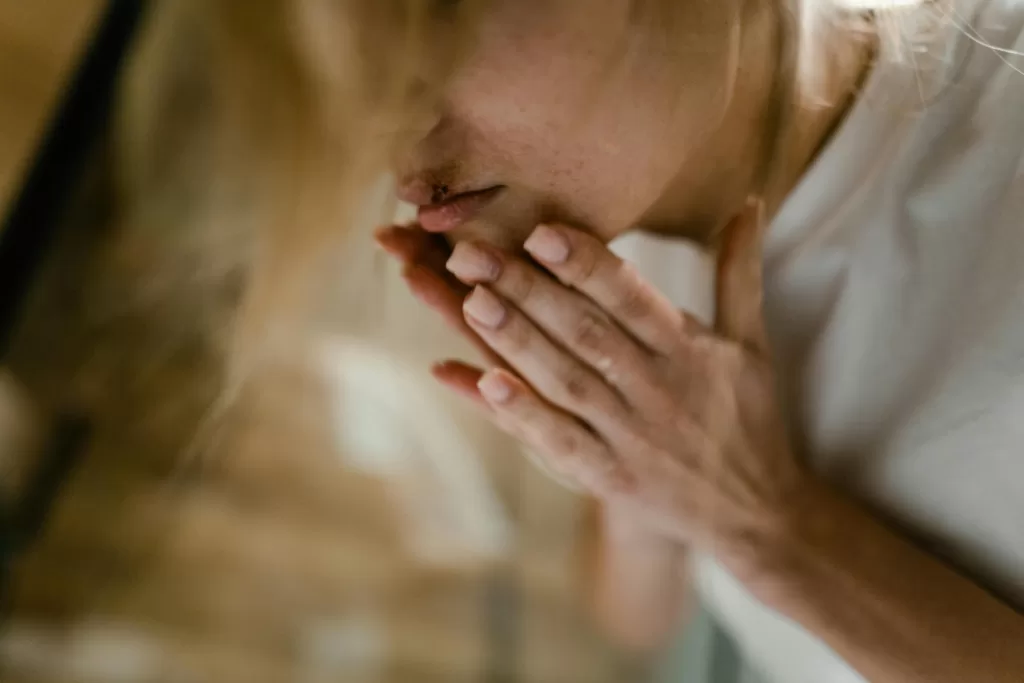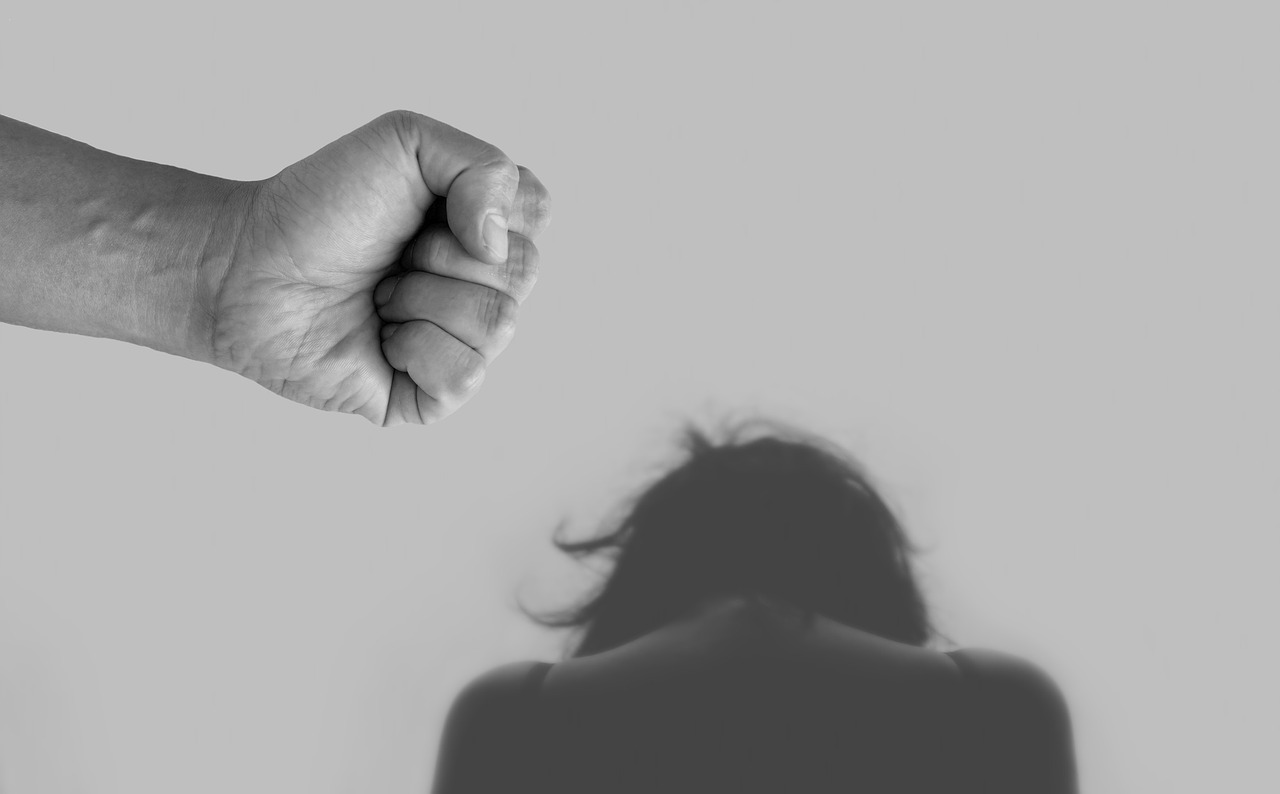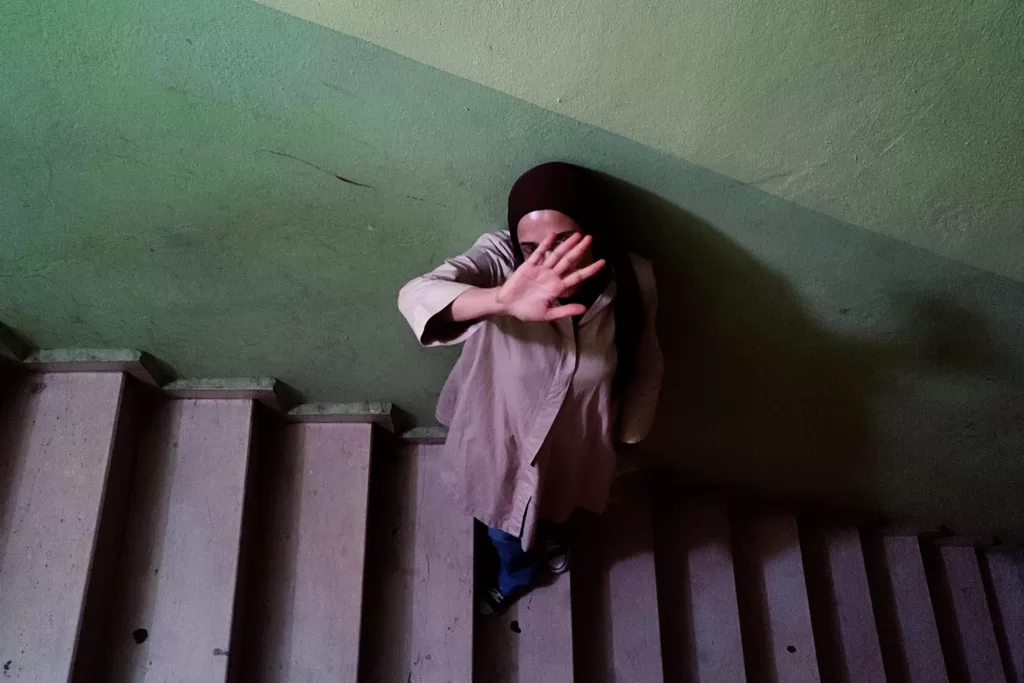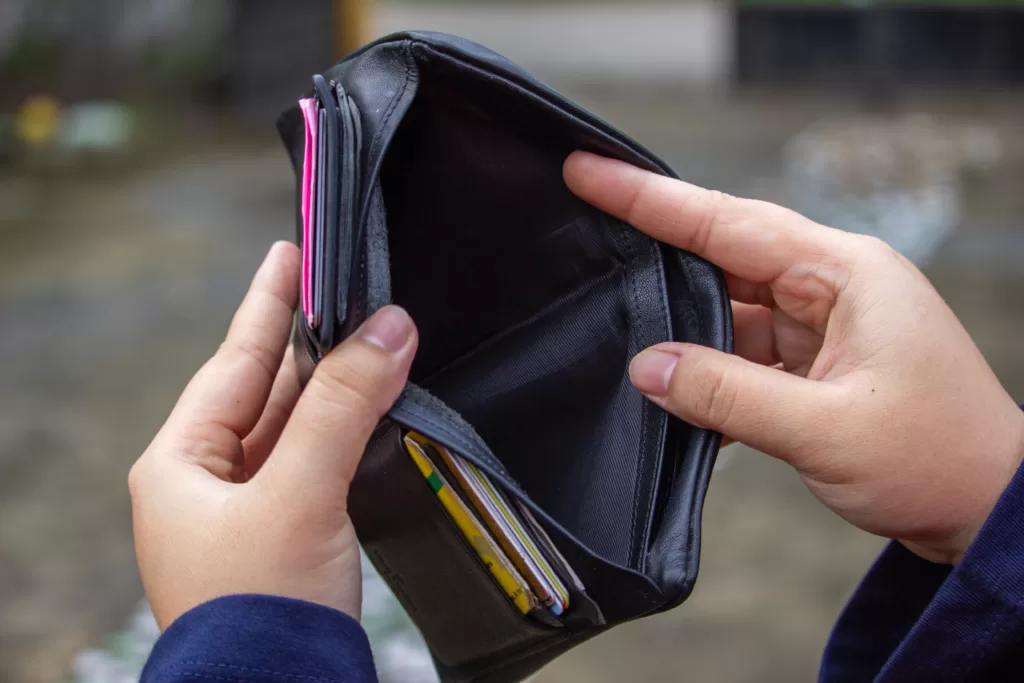Keeping kids safe from abuse isn’t about teaching “stranger danger” or “tricky people”. It’s far less simplistic.
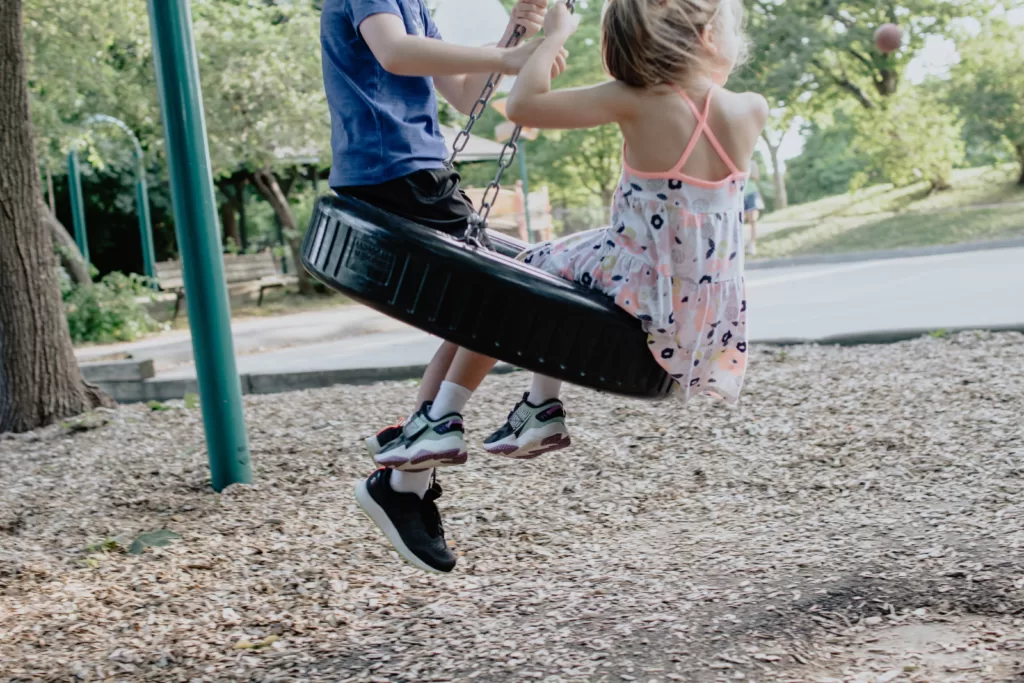 Keeping children safe is less about “stranger danger,” or even “tricky people,” than you may have been led to believe. : Unsplash: Kelly Sikkema Free to use under the Unsplash License
Keeping children safe is less about “stranger danger,” or even “tricky people,” than you may have been led to believe. : Unsplash: Kelly Sikkema Free to use under the Unsplash License
Keeping kids safe from abuse isn’t about teaching “stranger danger” or “tricky people”. It’s far less simplistic.
Warning: The following story contains content that may distress some readers.
If you grew up in the 1970s, ’80s and ’90s in Australia, you might recall being warned about “stranger danger”.
Parents, teachers and even the media used the phrase to warn children about talking to unfamiliar adults to reduce the chance of child abduction or abuse. But child protection experts now suggest a different approach to reflect that ‘strangers’ are not the main perpetrators of child abuse.
These days, rather than focusing on stranger danger — or even the concept of “tricky people,” which has been doing the rounds of parenting websites — researchers suggest parents talk to children about body safety and empowerment, and teach them to say ‘no’ to secrets.
Where did ‘stranger danger’ come from?
The widespread fear of “stranger danger” may have been prompted by media coverage of unknown male perpetrators abducting and abusing children.
But it may also stem from our fear of recognising that abuse is going on much closer to home.
Keeping the focus on the rare, and exceptional event helps the majority of Australians to distance themselves from the problem ,to imagine it as a random event that happens to ‘others’.
Since the 2017 report of the Royal Commission into Institutional Responses to Child Sexual Abuse exposed the abuse of children and young people by people in positions of power, we understand more about the need for a shift in the culture of child safety in organisations.
The Royal Commission shifted the conversation, recognising that abuse goes on in organisations at the hands of those who are known and trusted, involving a process known as ‘grooming’.
We now understand that most child sexual abuse occurs at the hands of someone a child knows.
Of people who experienced sexual abuse before they were 15, 79 percent were abused by a relative, friend, acquaintance or neighbour. Only 11 percent were abused by a stranger. (Other perpetrators included trusted figures such as teachers, recreational leaders, religious leaders, doctors, staff in a children’s home, or corrective services personnel.)
According to recent findings from the Australian Child Maltreatment Study of 8500 people, that figure is even lower: only 4.9 percent of all respondents experienced sexual abuse by an unknown adult (or about 18 percent of those who experienced child sexual abuse).
What’s more, around one-third of childhood sexual abuse is perpetrated by another child or young person, which sometimes includes siblings.
The uncomfortable truth is that children are abused and groomed not only in institutional settings but also within the family.
What about the ‘tricky people’ concept?
Some child safety advocates have recently steered the child safety conversation towards “tricky people”—teaching kids to recognise dangerous people who may be trying to trick them.
The concept was conceived by Pattie Fitzgerald, founder of educational company Safely Ever After, and has been circulated by publications in the US, Australia and beyond.
But the “tricky people” concept has limitations because in reality, child abusers are often difficult to recognise as “tricky”.
Those who sexually offend against children may appear to be upstanding members of their communities, well liked and respected by others. They can be charming. They are often the last person you would suspect.
After all, child abusers don’t just groom their child targets; they groom everyone to create an entire ecosystem of abuse that allows them to operate unchallenged in plain sight.
It is often only with hindsight that we can see who is grooming and who is just a trustworthy and wholesome person.
Instead of trying to identify who are “tricky people”, researchers now call us to focus on the environment, and looking out for situations or context that are tricky and place children and young people at risk.
In organisations, policies and code of conduct call out these situations (such as private communication between a sports coach and team member via a personal social media platform, rather than from a club account that is monitored by other adults).
We need to recognise and modify ‘tricky places’ or ‘tricky processes’ — those situations that allow grooming and abuse to occur.
What actually works
Apart from minimising situations that may enable grooming and abuse, the best defence against child abuse is talking, to overcome the shame, secrecy and silence that enables the behaviour.
Parents, carers and teachers are encouraged to talk to children and young people about body safety and empowerment.
They can focus on teaching children how to speak up when they have concerns, and say ‘no’ to secrets (this involves differentiating between unsafe secrets and surprises).
Children and young people also need skills and knowledge in understanding their own sexuality and sexual development, and what is appropriate or inappropriate behaviour from adults and peers. Educational programs on consent and respectful relationships can help with this.
So, too, can parents who describe body parts accurately, and use everyday ‘teachable moments’ to have age-appropriate conversations. They can talk about unwanted touching, inappropriate talk or solicitation of photos as something that is not OK, even if it comes from family or friends.
Without putting the onus on children to be fully responsible for their safety, parents can support children to better understand risks and make judgements on when to trust or to be wary.
Parents should also be on the lookout, of course — notice who is paying attention to your kids: at home, when you’re out with family and friends, or when online.
Australia’s new national strategy for addressing child sexual abuse has the slogan ‘one talk at a time‘ — to encourage adults to have conversations with young people about child sexual abuse.
It’s through conversations with children and young people we can raise awareness, and all help prevent child sexual abuse.
Advice to parents includes keeping the dialogue open between you and your child. Be the person your child can trust. Don’t shame your child, or freak out when they share something that has happened to them.
Discuss internet safety and texting safety. Start planting the seeds of consent and respect.
Finally, it’s important to reinforce that sexual abuse is never a child’s fault. We need to listen, acknowledge, and believe them.
Professor Daryl Higgins is Director of the Institute of Child Protection Studies at the Australian Catholic University. His research focuses on public health approaches to protecting children and child-safe organisational strategies.
Originally published under Creative Commons by 360info™.


